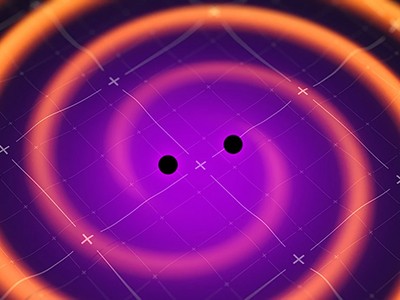Observatories, experiments and techniques are being developed to spot ripples in space-time at frequencies that are currently undetectable. The main detectors, LIGO and Virgo, look for gravitational waves by detecting small differences in travel time for lasers fired along perpendicular arms, each a few kilometres long.
But they can only find gravitational waves in a narrow range of frequencies, so physicists are also exploring entirely different techniques. These strategies, which range from watching pulsars to measuring quantum fluctuations, hope to catch a much wider variety of gravitational waves, with frequencies in the megahertz to nanohertz range.
Five new ways to catch gravitational waves — and the secrets they’ll reveal



